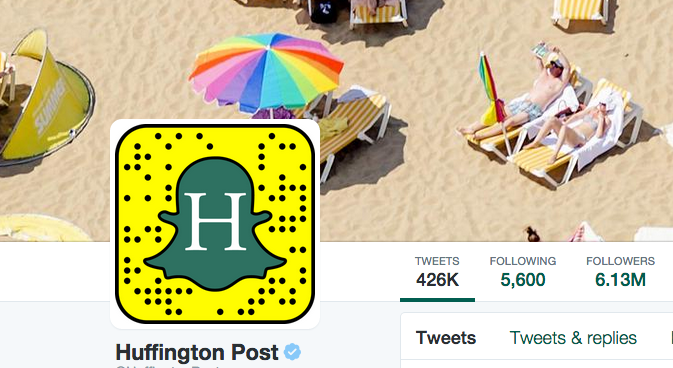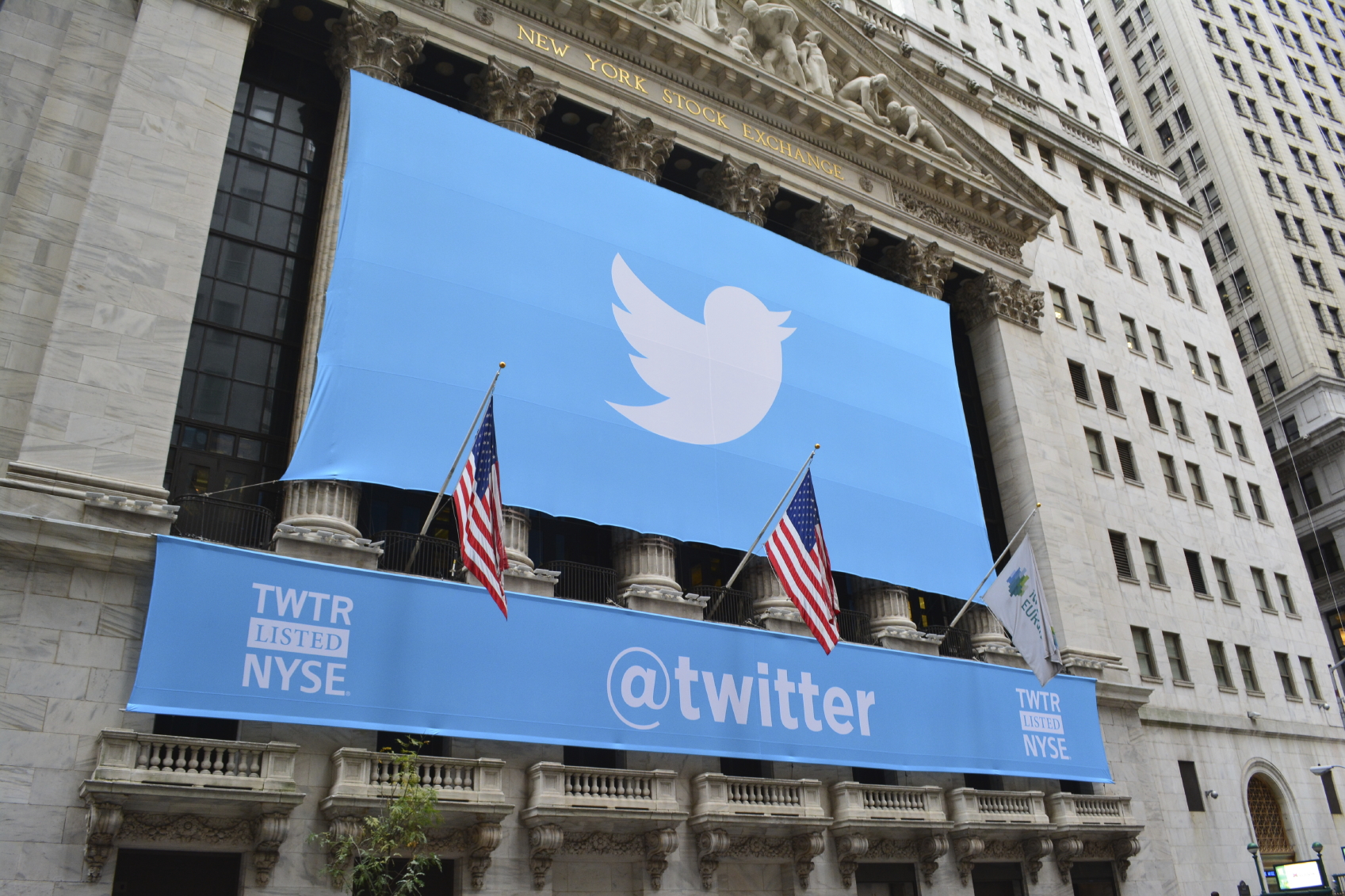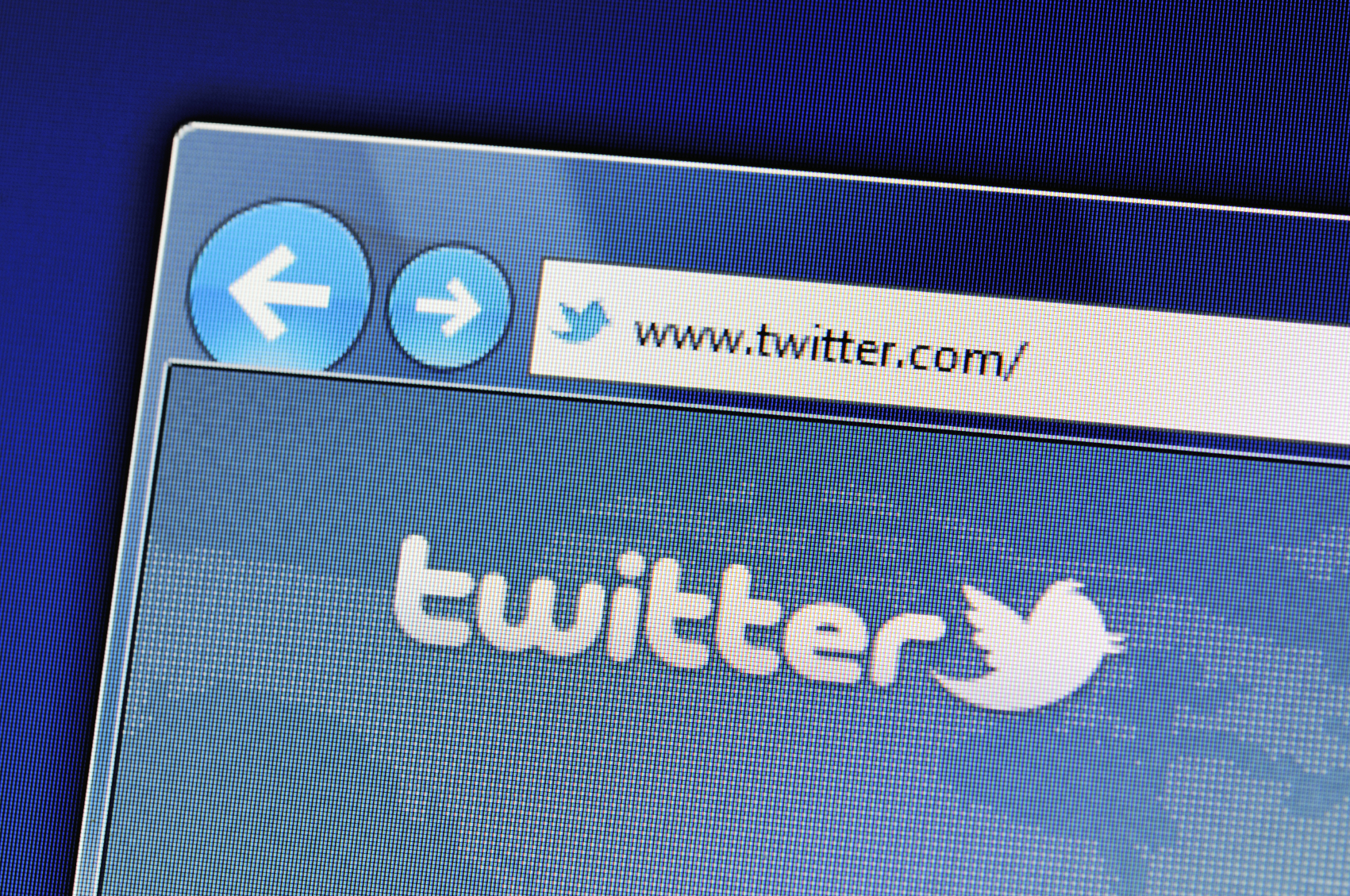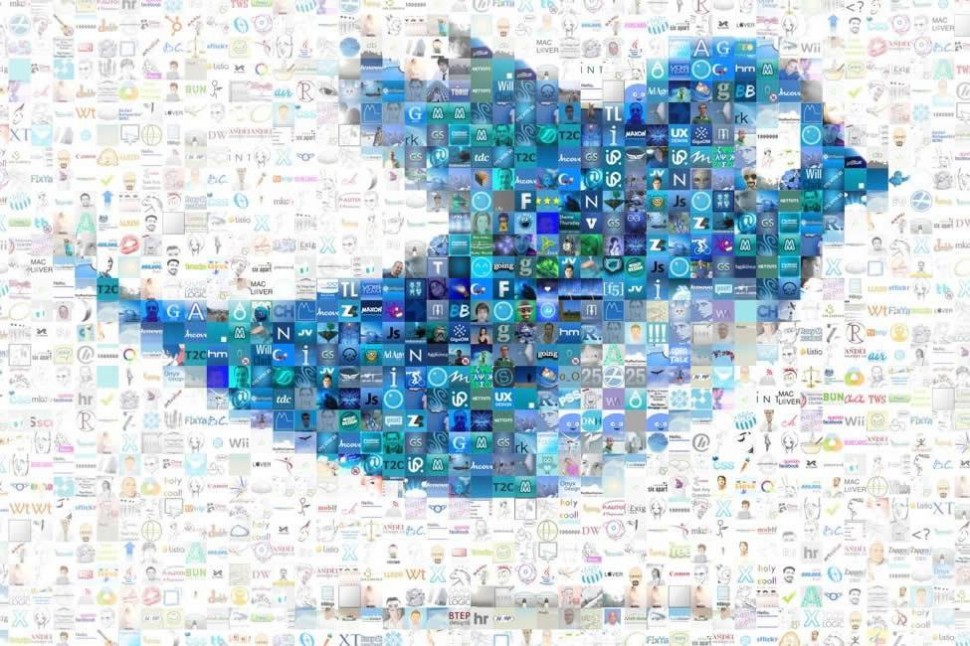What Happened
Several digital publishers including The Huffington Post and The Daily Dot have replaced their usual Twitter profile pictures with “Snapcodes,” an account-specific icon generated by Snapchat that doubles as a scannable QR code for easier following. Snapchat users usually find people to follow through phone numbers in their address books, so this offers a good alternative for brand accounts that aren’t typically tied to a phone number. Previously, users would have to know the username and manually search for the brands’ Snapchat accounts in order to follow them.
What Brands Should Do
For brands looking to connect with today’s young audience, utilizing Snapcode on other social media channels to build a following on Snapchat would be a good place to start. More importantly, brands should learn to leverage their social media presence into building a fanbase on new emerging platforms, such as Snapchat and other messaging apps, where today’s consumers are spending more and more time in.
Source: Marketing Land
Header image courtesy of Huffington Post’s Twitter Page









